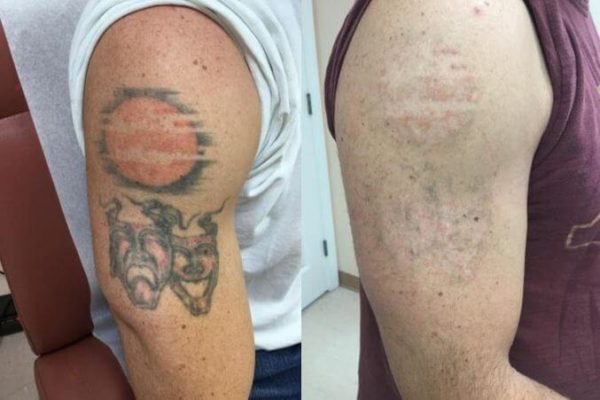

Got a tattoo you're no longer happy with? Laser tattoo removal offers a safe and effective way to erase unwanted ink. But with so many options and considerations, knowing where to start can be overwhelming. This guide breaks down the process and helps you make informed decisions.
How Laser Tattoo Removal Works:
Laser technology targets the tattoo pigment, breaking it down into tiny particles that are then naturally absorbed by the body. The laser emits specific wavelengths of light that are absorbed by the tattoo ink, but not the surrounding skin. This selective targeting minimizes damage to the skin, resulting in minimal scarring.
Choosing the Right Laser:
Not all lasers are created equal. Different laser types are effective for specific ink colors. Your technician will assess your tattoo and recommend the most suitable laser for your individual needs.
The Process:
Consultation: Your tattoo artist will discuss your tattoo's details, your desired outcome, and answer any questions you may have.
Treatment: During the treatment, the laser will be passed over the tattoo in a series of pulses. You may experience a mild stinging sensation, and some redness and swelling are normal.
Aftercare: Your tattoo artist will provide detailed instructions on post-treatment care, including keeping the area clean and protected from the sun.
Factors Affecting Success:
Ink color: Darker colors like black and blue respond best to laser treatment. Lighter colors like yellow and white can be more challenging.
Tattoo age: Newer tattoos tend to respond better than older ones.
Skin type: Certain skin types may require different laser settings or a longer treatment plan.
What to Expect:
Multiple Sessions: Laser tattoo removal requires multiple sessions, typically spaced 4-6 weeks apart.
Pain: Most people describe the feeling as a mild stinging sensation.
Downtime: Minimal downtime is involved. The area may be slightly red and swollen for a few days.
Results: You will likely notice a gradual fading of the tattoo with each session. The number of sessions required varies depending on the tattoo's size, color, and your individual healing response.
Finding a Qualified Technician:
Choose a reputable tattoo removal clinic with experienced and qualified technicians. Ask about their experience, the lasers they use, and their aftercare procedures. Look for a clinic that prioritizes patient safety and satisfaction.
Before Making a Decision:
Do your research: Read reviews, compare prices, and ask questions.
Consider the cost: Laser tattoo removal can be expensive, but it is a long-term solution that will provide lasting results.
Understand the risks: Although laser tattoo removal is generally safe, it does come with potential risks, such as scarring, changes in skin pigmentation, and infection.
Laser tattoo removal offers a solution for those who want to erase unwanted ink. By understanding the process, choosing the right clinic, and following proper aftercare instructions, you can achieve the desired results and confidently show off your skin again.



0 comments:
Post a Comment
Note: Only a member of this blog may post a comment.